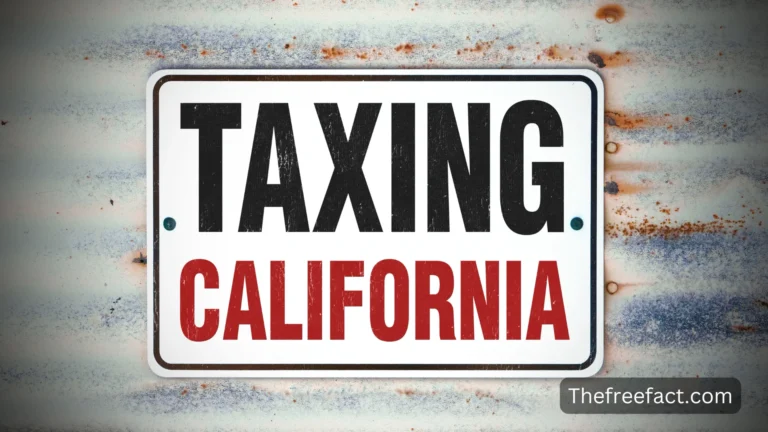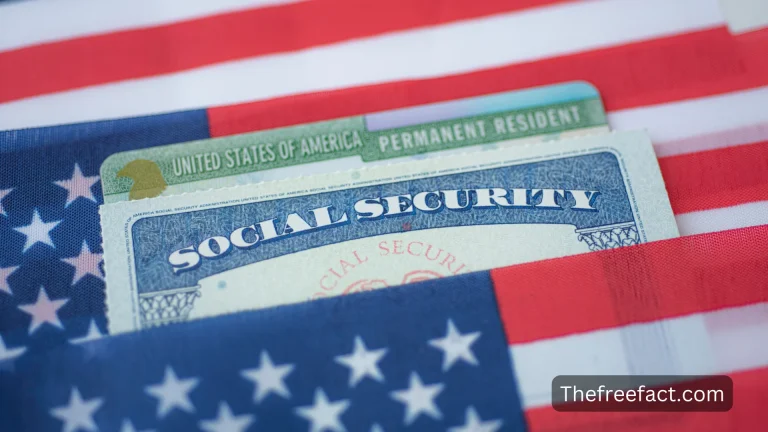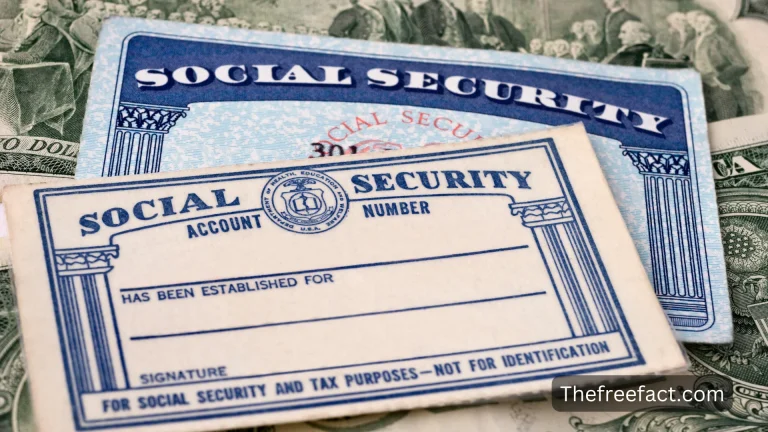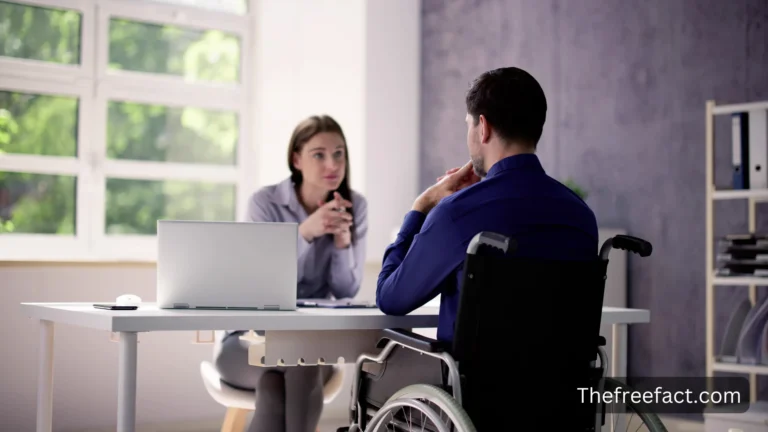How Much Social Security Does A Child Get For A Deceased Parent?
The feelings of sadness and grief a child feels after losing their mother or father can be an unbearable burden to carry.
Due to the impact the loss has on your household’s finances, you may be experiencing significant stress in addition to your grief. It may be difficult during this time to find financial resources that can help stabilize your child’s life, but it’s crucial. Fortunately, Social Security benefits may help.
SSA provides financial support for workers and their families. A survivor benefit is a monthly payment paid out to the family of a deceased provider.
As a worker earns income, pays taxes, and accumulates credits, he or she becomes eligible for retirement, disability and survivor benefits. Those who are dependent on the income of the deceased provider are eligible for survivors benefits. This includes spouses, children, stepchildren, and others.
These are the key details you need to know.

Social Security survivor benefits are available to who?
Survivor benefits are available to the child of a deceased biological parent or legal guardian if they are under 18 (or 19 but still in high school). Most often, these benefits end once the child becomes an adult. In some cases, survivor benefits may also be available to stepchildren, grandchildren, step-grandchildren, and adopted children.
Survivor benefits can also be received by adult children with a qualifying disability.
How Much Social Security Does A Child Get For A Deceased Parent?
The amount of a parent’s retirement benefit depends on their earnings and how long they worked. The longer they worked, the higher the benefit. Children can receive 75% of their parents’ pension.
A child survivor benefit’s amount can also be influenced by other factors, such as whether the deceased parent had multiple children and whether the children qualify for a lump sum death benefit.
Also check: What Happens If I Don’t Get 40 Credits For Social Security?
In the case of a deceased with multiple children, what happens?
Depending on the total amount paid to all eligible family members, a deceased parent’s children will receive different amounts.
Social Security benefits (including survivors benefits) are split among beneficiaries. Family payouts can—and often do—exceed what a parent would have received at their normal retirement age, since each beneficiary receives a predetermined percentage of the deceased parent’s retirement. As an added perk to the program, this can be considered.
SSA payments for each beneficiary decrease proportionally once the family reaches the maximum amount. Families usually receive between 150% and 180% of the full retirement amount.
The more beneficiaries there are, the more likely your family is to reach the maximum monthly payment amount. If this applies to you, contact your local Social Security Administration representative for a more accurate estimate.
Can a child receive a lump sum death payment?
Additionally, the child may be eligible for a one-time death benefit. The death benefit usually goes to the surviving spouse, but it may be a one-time payment of $255. As long as the child or children of the deceased apply within two years of the death of their parent, they may qualify for the benefit if there is no eligible spouse.
What you need to know about applying for child survivor benefits through Social Security
Child benefits can be applied for by calling or visiting your local Social Security office. Survivor benefits cannot be applied for online.
To verify identities and other information, the agency may request several documents, such as:
- Certificate of death
- Social Security numbers of parents and children
- Birth certificate or adoption certificate of the child
- If the child is a stepchild, proof of the parent’s marriage to their natural or adoptive parent is required
The SSA may ask you for your birth certificate, proof of U.S. citizenship, and other documents that prove your situation as a surviving spouse or primary caregiver. A complete list of what you may need to apply for child survivor benefits is provided by the SSA.
It is still possible to schedule an appointment with your local SSA representative if you are having trouble finding the requested documents.
How soon can a child expect to receive survivor benefits?
Typically, you’ll want to apply for survivor benefits as soon as possible. If the Social Security Administration is overloaded with requests, the child may have to wait months before they get their first check.
Following approval, the SSA follows the following payment schedule based on the deceased’s birthday:
- Payments are made every second Wednesday for birthdays between the 1st and 10th of the month.
- Payments are made every third Wednesday for birthdays occurring between the 11th and the 20th of the month.
- Payments are made every fourth Wednesday for birthdays between the 21st and 31st of the month.
What are the Social Security benefits for children?
Two conditions must be met in order for a child’s parent to be eligible for Social Security survivor benefits.
- Social Security benefits must be available to the parent who is retired or disabled.
- An employer who paid Social Security taxes must have died before the parent died.
Social Security survivor benefits may be available to an unmarried child whose deceased parent meets either of those conditions:
- A child under the age of 18 is involved.
- Up to 19 years old, the child attends high school full-time.
- It was diagnosed before he turned 22 years of age that the child had a disability.
When grandparents become legal guardians of a grandchild or are already the child’s legal guardian when the parent dies, they may qualify for Social Security survivor benefits. Stepchildren, step-grandchildren, and adopted children may also qualify.
How about adopted children and stepchildren?
Survivor benefits may also be available to them.
A couple’s legally adopted children can receive survivor benefits under the same guidelines as biological offspring for Social Security purposes. This applies to single parent adopted children as well. Kids may also be eligible for survivor benefits if they are adopted by one spouse after the other dies, and if they live with or receive at least half their support from the late spouse.
When a stepparent dies, children usually qualify for benefits if the deceased was married to the child’s adoptive or natural parent for at least nine months and supported the child at least half of the time.
Additionally, if a grandparent adopted the child or was the primary source of support for the child, children raised by their grandparents or step-grandparents may be eligible for survivor benefits.
A Social Security representative is another good reason to consult with a Social Security representative if you are not the biological parent but are responsible for raising a child whose parent has passed away. The regulations surrounding blended families and grandfamilies can be confusing and require additional documentation.
Are parents eligible for benefits as well?
The majority of time, yes. Social Security pays what it calls mother’s or father’s benefits to surviving spouses and ex-spouses caring for children younger than 16 years old or older but still needing extensive parental supervision.
The benefit amount is the same as for child recipients: 75 percent of what the deceased parent was receiving or would have been entitled to receive from Social Security. However, as with your children, your benefit is subject to the family maximum, and if the payments together exceed it, your benefit may be reduced.
There are a few more things to know about the benefits of both mothers and fathers:
- As soon as your child turns 16 or the SSA no longer considers them disabled, the program ends.
- Remarrying may result in you losing a mother’s or father’s benefit, regardless of the situation of your children.
- Survivors are eligible for widow’s and widower’s benefits at the age of 60 (50 if they are disabled). When you become entitled to a widow’s or widower’s benefit or your own retirement benefit, your mother’s or father’s benefit ends.
Getting started
As a child, and if they were a central provider for the family, losing a parent is emotionally difficult. However, ensuring the child’s future is still possible after they lose a parent, allowing them to grieve more easily.
While it is possible to help your family achieve its most important financial goals with the right support, it can be hard to focus on this level of clarity when grieving. By planning ahead, you can help guide yourself and others through this difficult time.







